Seven Super Single-Artist Museums in Europe You Should Visit
Artsy Traveler contains affiliate links for products and services I personally use and can happily recommend. As an Amazon Associate, I earn from qualifying purchases. Please read the Disclosure for more information. If you make a purchase through these links, at no additional cost to you, Artsy Traveler earns a small commission. Thank you!
One of the great joys of traveling in Europe as an Artsy Traveler is discovering amazing single-artist museums.
By single-artist museum, I mean a museum established to showcase the art of a specific artist, even if the museum also hosts exhibitions by other artists.
Europe is awash with great single-artist museums, many of which I’ve written about in other posts on Artsy Traveler, most notably Paris for Art Lovers: Nine of the Best Small Museums in Paris.
In this post, I recommend lesser known single-artist museums in Austria, Belgium, France, Germany, and Spain.

Map of Europe Showing Museum Locations
The number assigned to each museum in this post corresponds to the number on the map below. For example #1, the Ernst Fuchs Museum is in Vienna (#1 on the map below).
#1 Ernst Fuchs Museum in Vienna, Austria
Start in Austria with one of Europe’s weirdest single-artist museums!
If you’re in the mood for quirky and wonderful, then make your way to the Ernst Fuchs Museum in the Wien Hütteldorf, the 14th district of Vienna. You can drive there from central Vienna in about 25 minutes or hop on a bus.
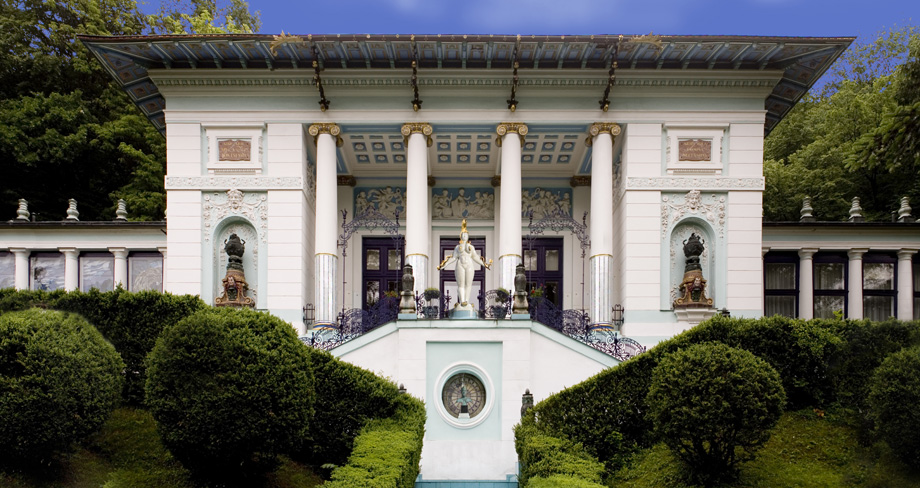
Photo Credit: Ernst Fuchs Museum Website
Who is Ernst Fuchs?
Ernst Fuchs (1930-2015) was an extraordinarily prolific artist who created works infused with eroticism and myth. In the sixties, Fuchs became a style icon and designed architecture, furniture, tapestries, and jewelry. He was a founder of the Vienna School of Fantastic Realism and was celebrated internationally.
History of the Ernst Fuchs Museum
Fuchs’s work is displayed in the fabulously restored Wagner House, designed and built in 1888 as a summer house by the renowned Jugendstil architect Otto Wagner. The place is, quite simply, spectacular. Inspired by Palladio, Wagner designed the house in the style of a Roman villa.
Back in the day, the design attracted international attention. The press wrote: “A strange allure is evoked by this peculiar villa . . .Completely deviating from the usual appearance of similar buildings, the frontal view of the house that sits on the flank of a hill only shows a large open hall between two side wings.”
Fuchs bought the villa in 1972 when it was derelict and scheduled for demolition. In two years, he restored the house to its original architectural glory and for many years used the house as his private studio. In 1988, the centenary of the building of the original villa, the Ernst Fuchs Museum opened.
Work of Ernst Fuchs
Fuchs’s work combines the fantastic with elements of the visionary and spiritual, all infused with a healthy dollop of sixties psychedelic and a lot of naked bodies.
You’ll find eroticism everywhere. Even if you’re not a big fan of the work, you will appreciate its complexity and awesome technique. You come away with a new appreciation for the heights made possible by the human imagination.
Although I wasn’t hugely taken by the overly florid and fantastical artworks, I loved the unique architecture, whimsical design elements, gorgeous mosaics, and above all, stunning stained-glass windows.
Images of Ernst Fuchs Museum
I highly recommend a visit to this unique museum that also includes beautifully landscaped gardens. Here are photographs of some of the rooms in the Ernst Fuchs Museum. Source: Ernst Fuchs official website.
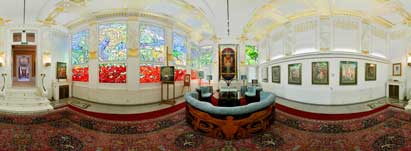
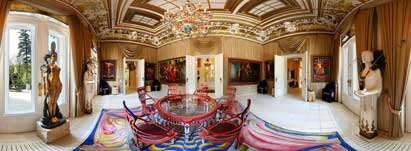
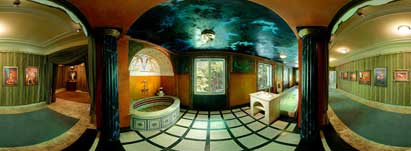
Explore Ernst Fuchs Museum in 3D
This fantastic website allows you to walk through the museum and use your mouse to zoom in on every painting and design element. It’s one of the best virtual tours I’ve come across.
Visitor Information
The Ernst Fuchs Museum is located at Hüttelbergstraße 26, 1140 Wien and is from from Tuesday through Sunday from 10 am to 4 pm. Tickets cost €11 for adults and €6 for students and seniors or €8 with the Wiencard. For more information, see the Ernst Fuchs Museum website.
Where to Stay in Vienna
If your budget allows (and Vienna is not an inexpensive city), stay as close to the center as you can afford. Here are some hotels in the center of Vienna with +9 ratings on booking.com that offer good value:
- Hotel Kaiserin Elisabeth: Relatively spacious rooms very close to St. Stephen’s Cathedral.
- House of Ble: Close to the Kunsthistoriches and Natural History Museums; stylish and modern
- Apartement-Hotel an der Riemergasse: Located in a restored Art Nouveau building close to St. Stephen’s Cathedral
#2: Musée Toulouse-Lautrec in Albi, France
Located in the charming town of Albi in southwest France, the Musée Toulouse-Lautrec is a total treat. If you’re in the area, put it on your list and leave yourself lots of time to tour the extensive collections.
Who is Henri de Toulouse-Lautrec?
Henri de Toulouse-Lautrec (1864-1901) was a leading French artist famous for capturing the personalities of his subjects in loose, free-flowing lines. Born into a wealthy family in Albi, Toulouse-Lautrec’s interest in art flourished following accidents to his legs in his childhood that incapacitated him and resulted in permanent damage.
In the mid-1880s in Paris, Toulouse-Lautrec began his lifelong association with the bohemian life of the cafés, cabarets, entertainers, and artists in Montmartre.
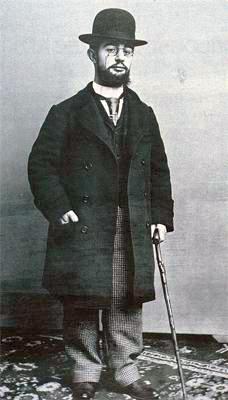
Source: Wikipedia
History of the Musée Toulouse-Lautrec
The Musée Toulouse-Lautrec is housed in the Bishop’s Palace (Palais de la Berbie) next door to Albi Cathedral (also worth a visit). The original palace was built in the 13th-century as a fortress to house the bishops of Albi. The original medieval architecture has been maintained with high, thick walls, and a central courtyard.
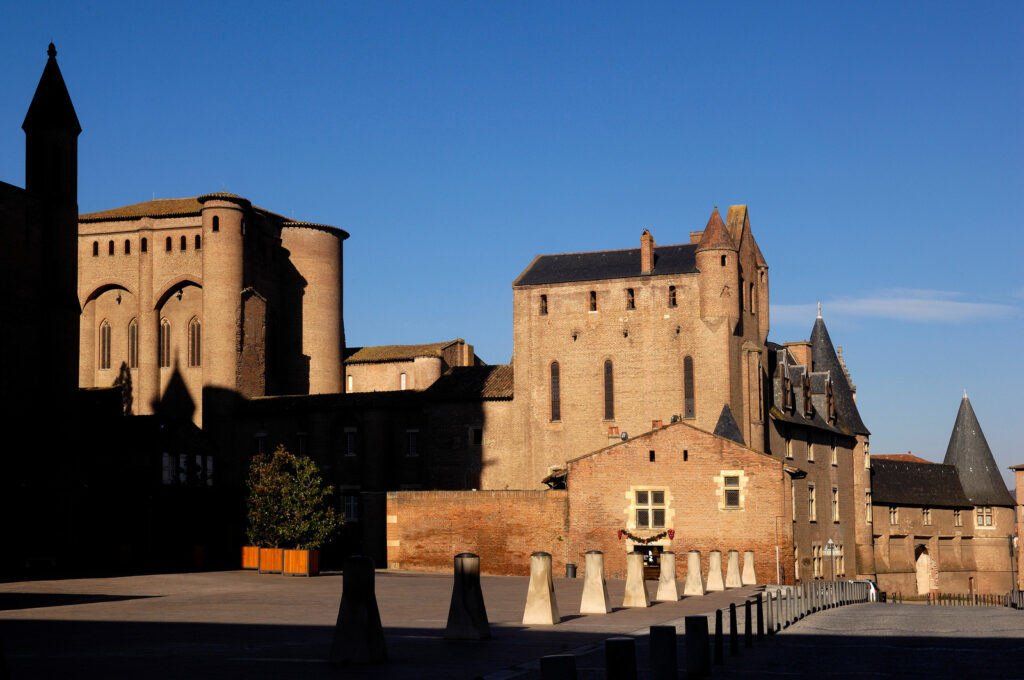
From the Renaissance to the 18th century, the fortress was transformed into a pleasure palace that included sumptuous state rooms and landscaped formal gardens which you can still visit today.
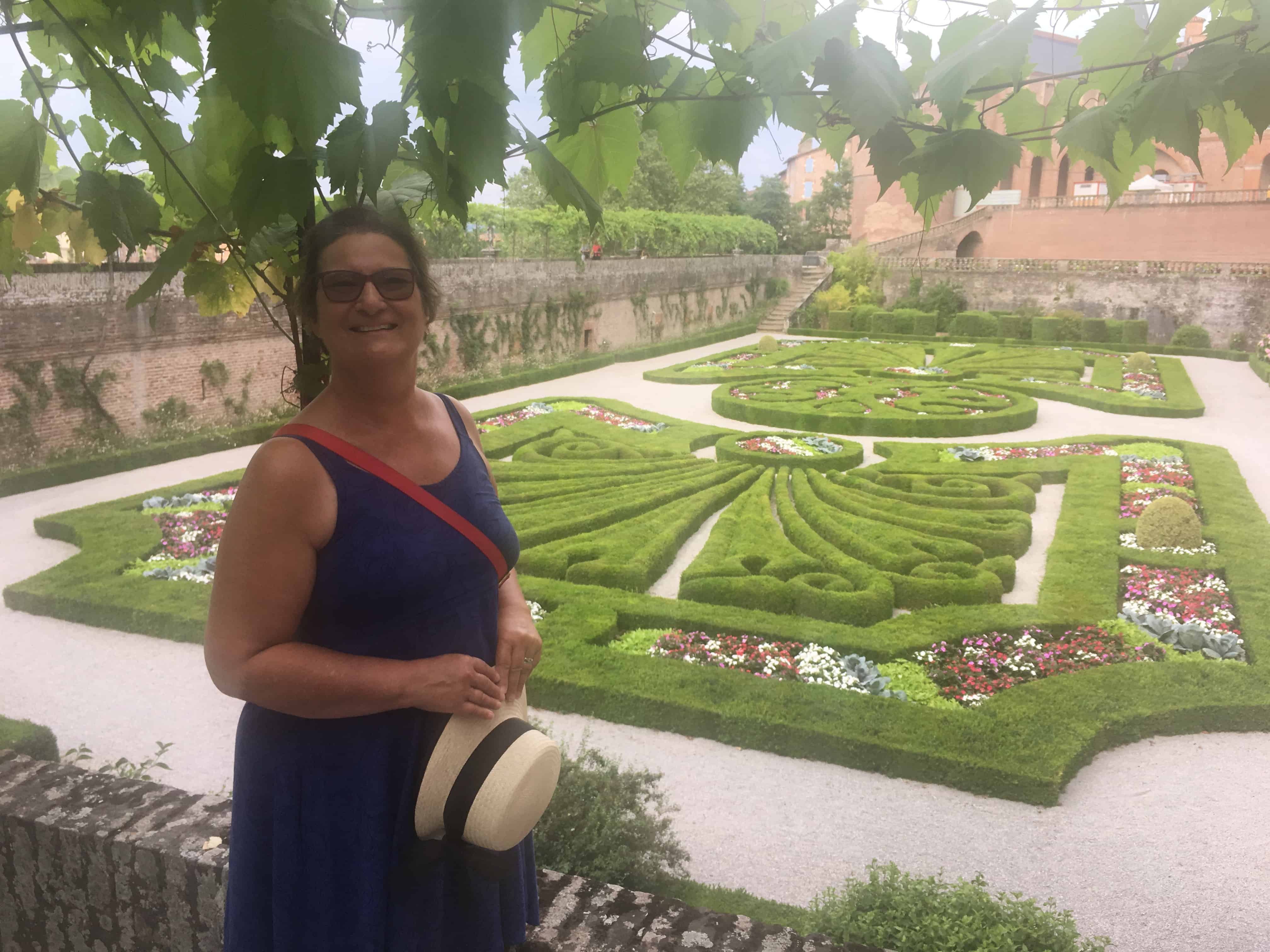
When we visited the museum soon after it opened in the morning, we practically had the place to ourselves.
And it’s huge! Room after room feature the world’s largest public collection of Lautrec’s paintings, lithographs, drawings, and posters. The collection is laid out in chronological order, starting with Toulouse-Lautrec’s early work and leading to the massive posters for which he is most famous.
In addition to exhibiting Toulouse-Lautrec’s work, the museum includes a large collection of art from the early 20th century. You’ll also view a fine collection of art from earlier periods, displayed in the sumptuously restored palace rooms.
A visit to the museum includes access to the palace’s classical gardens and panoramic views over the Tarn River.
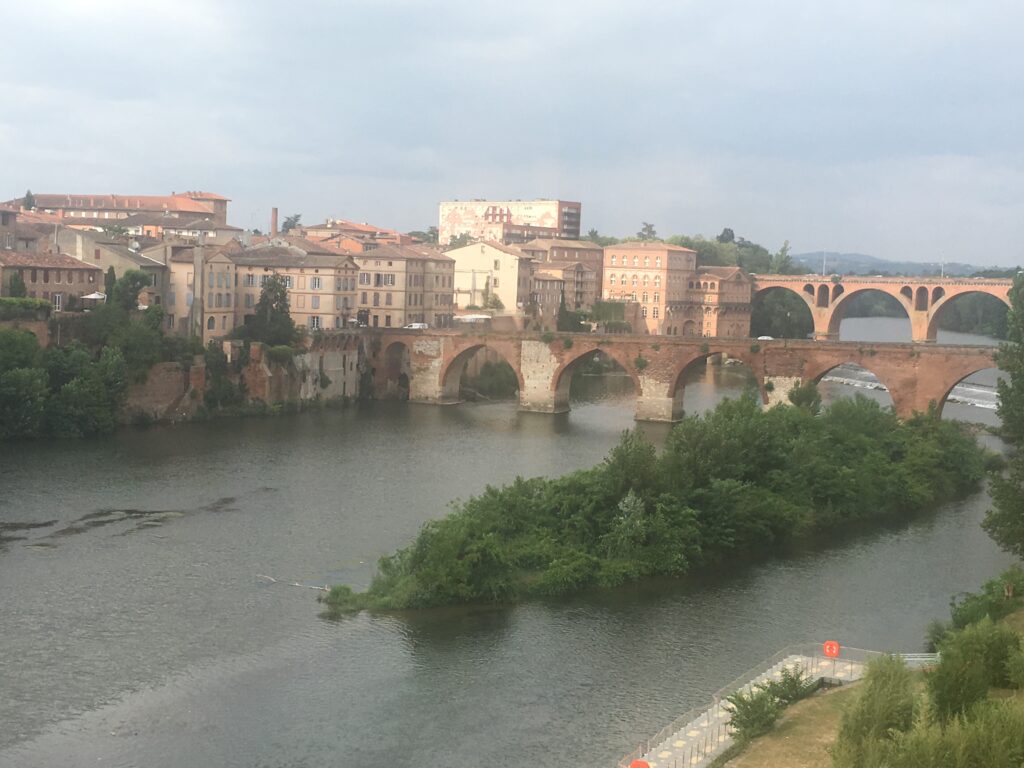
Work of Toulouse-Lautrec
I was fascinated with the looseness of Toulouse-Lautrec’s work. He uses freely handled lines and colors to convey the idea of movement and to infuse his subjects with personality. You can imagine meeting the same people on the streets of Paris today.
Here are two of the works you’ll see in the Musée Toulouse-Lautrec. Both pictures are taken from the website of the Musée Toulouse-Lautrec.
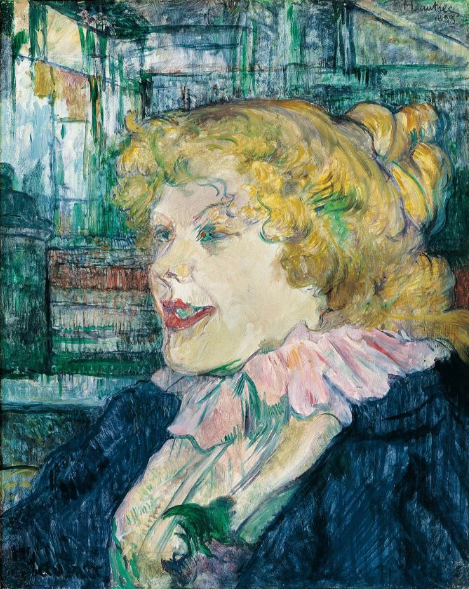
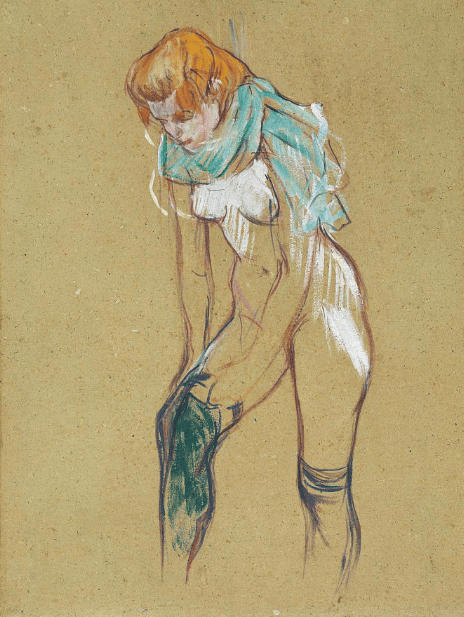
You’ll likely recognize several of the posters that were used to advertise the Moulin Rouge and other popular entertainment venues in late-19th-century Paris.
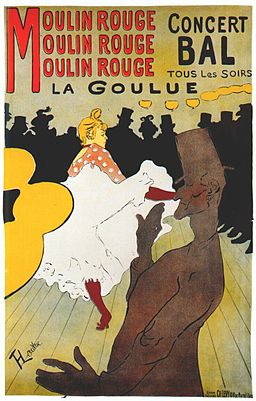
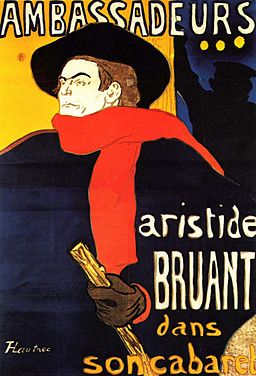
Visitor Information
Tickets for adults cost €10 and €5 for students. The address for the Musée Toulouse-Lautrec is Palais de la Berbie, Place Sainte-Cécile. Find the cathedral and you’ll find the adjacent palace. Hours vary depending on the time of year, but for most of the year, the museum is open from 10 am to noon and 2 pm to 6 pm. From June 21 to September 30, the museum is open from 9 am to 6 pm.
Both the cathedral and the palace are built from bricks that glow pink in the setting sun.
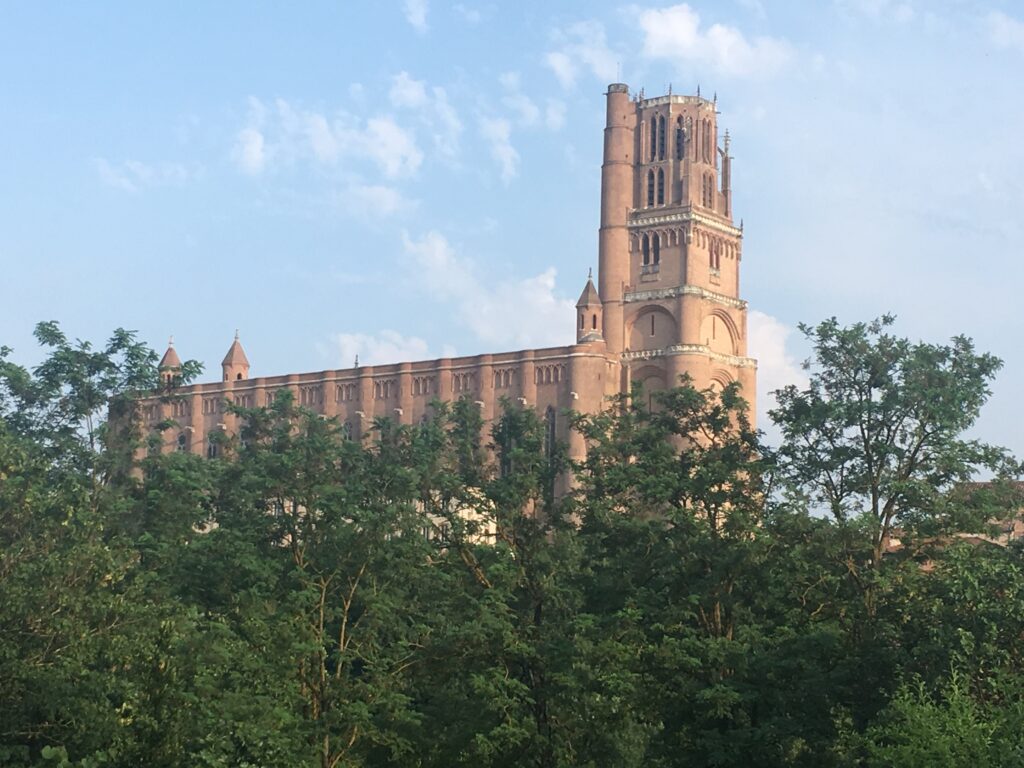
Where to Stay in Albi
I chose a delightful place called La Cabane Albigeoise that was across the river from Albi but within easy walking distance. The place consists of just one stand-alone cabin on gorgeous grounds overlooking the river.
Enjoying this post? Subscribe to Artsy Traveler to Receive Valuable Travel Tips and Your FREE Guide: 25 Must-Do Artsy Traveler Experiences in Europe for 2025
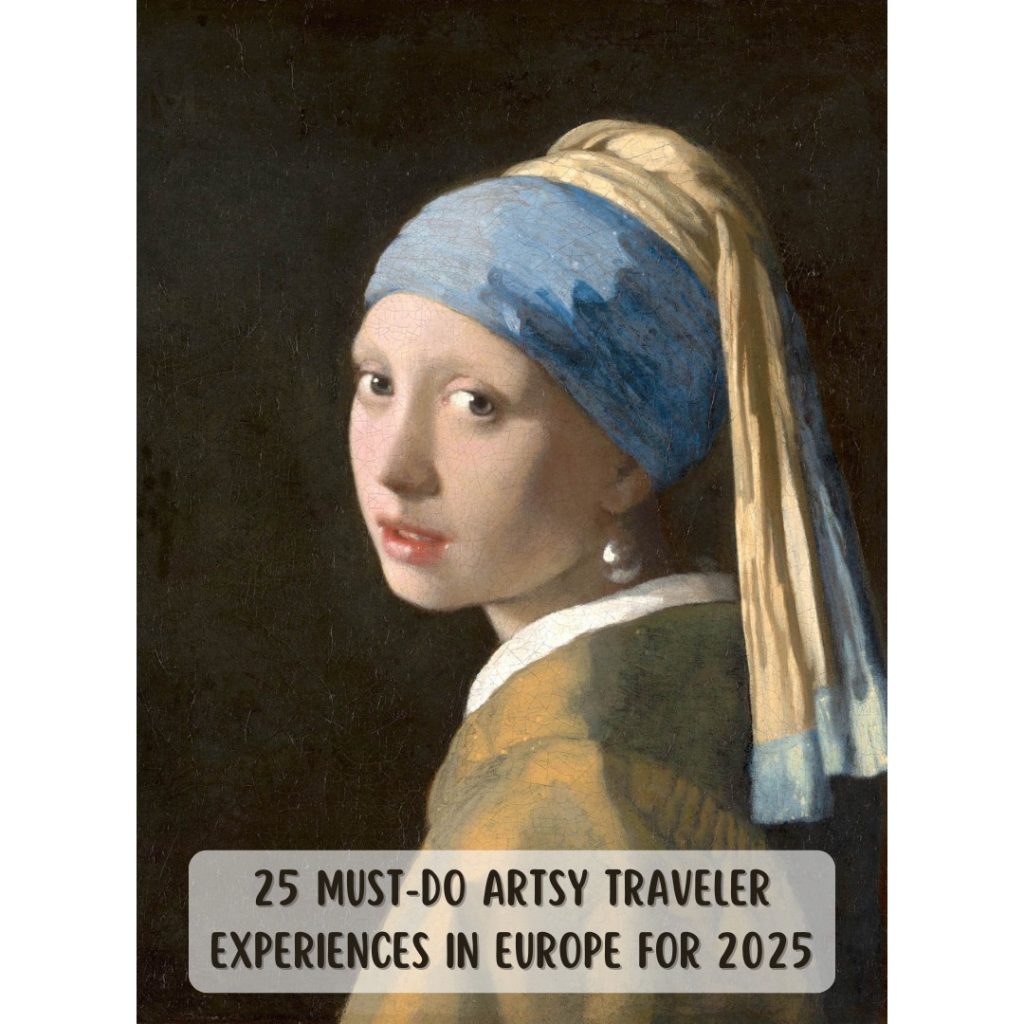
#3: Musée National Fernand Léger in Biot, France
If you’re staying in the Côte d’Azur, put a visit to this museum on your list of must-sees. As the only museum in the world dedicated to the work of Fernand Léger, this purpose-built museum is truly delightful. You’ll see a fabulous collection of Léger’s paintings, sculptures, drawings, ceramics, and tapestries.
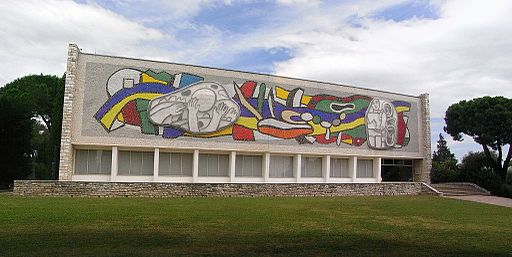
Who is Fernand Léger?
Fernand Léger (1881-1955) was a French painter, sculptor, and filmmaker known for his bright and colorful work–a personal form of cubism known as “tubism”. He often depicted industrial subjects and objects of the consumer age–an art ‘first’–and is considered the forerunner of the pop art movement.
Léger was born in Argentan in Normandy. I recently read that his childhood home is being turned into a museum. That will definitely be on our itinerary the next time we travel in northern France. Check out the article.
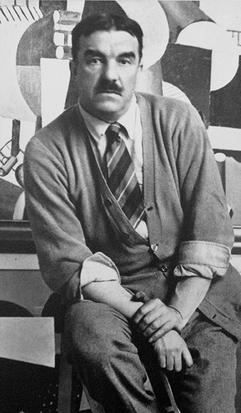
Source: Wikipedia
History of the Musée National Fernand Léger
In 1955, not long before his death, Léger purchased a villa on the property upon which the museum now stands. Supervised by his widow, construction of the museum began in 1957 with the museum opening to great fanfare in 1960.
The museum exhibits Léger’s work in chronological order, beginning with his realist early work and progressing to his “tubism” period prior to World War I with its emphasis on cylindrical forms and then to his “mechanical period” that was heavily influenced by his war experiences. The collection includes over 450 pieces.
In addition to the collection inside the museum, you’ll want to linger awhile on the grounds to enjoy Léger’s massive sculptures and especially to view the huge murals that cover the outside of the museum.
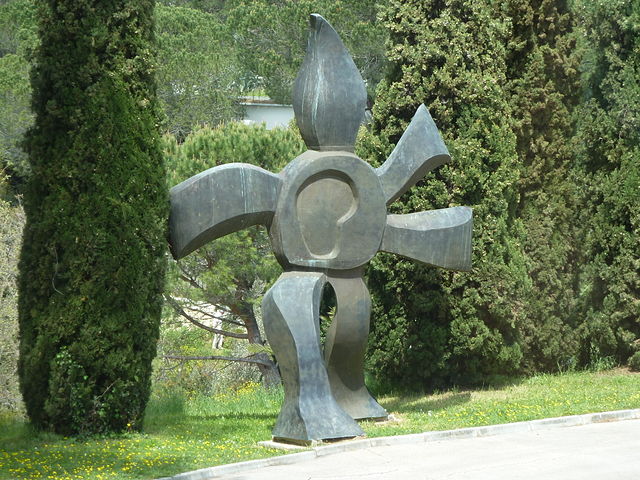
Source: Abxhay – Creative Commons
If you’re traveling with children, the Léger Museum is an excellent stop.
We first visited the museum when Julia was nine years old. She loved it! I think her appreciation for modern art stems partially from that visit. Mind you, growing up surrounded by her dad’s work also likely played a role!
Work of Fernand Léger
Léger’s work is bright, bold, and beautiful. It’s impossible, I think, to tour this museum and not enjoy yourself. The more you study his work, the more you appreciate it.
Here are two works by Léger. Regrettably, I did not take pictures when I visited the museum, so these photos are from the WikiArt website.
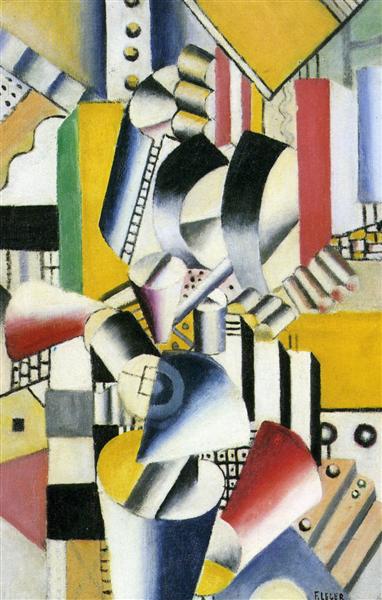
Source: WikiArt
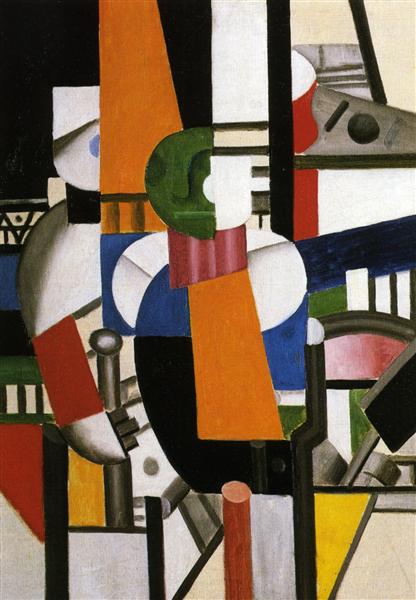
Source: WikiArt
Visitor Information
Visit the museum every day except Tuesdays, December 25, January 1, and May 1. From November to April, the museum is open from 10 am to 5 pm, and May to October from 10 am to 6 pm. Tickets cost €7.50. Admission is free on the first Sunday of the month. The museum is located at Chemin du Val de Pome, very close to Biot, a small village in the hills above the Côte d’Azur. If you’re traveling by car, you will find it easily. While you’re in the area, don’t miss several other wonderful museums showcasing the work of other 20th-century modern artists.
Two other single-artist museums—the Marc Chagall National Museum in Nice and the Musée National Pablo Picasso in Vallauris— are, like the Léger Museum, part of the network of French National museums in the Alpes-Maritimes department dedicated to 20th-century artists.
Where to Stay in Biot
Biot is a small town in the midst of many towns that make up the French Riviera. You can homebase in a nearby town such as Cannes, Nice, or Antibes and if you have a car, easily tootle around the various museums that make this area of France a true Artsy Traveler haven.
La Bastide de Biot is a good choice for a boutique hotel in Biot.
#4: Fondation Vasarely in Aix-en-Provence, France
On the outskirts of Aix-en-Provence (one of my favorite towns in the south of France), you’ll find the impressive and undervisited Fondation Vasarely. The museum showcases the massive artworks of Victor Vasarely, a Hungarian-French artist (1906-1997) considered the grandfather and leader of the op art movement.
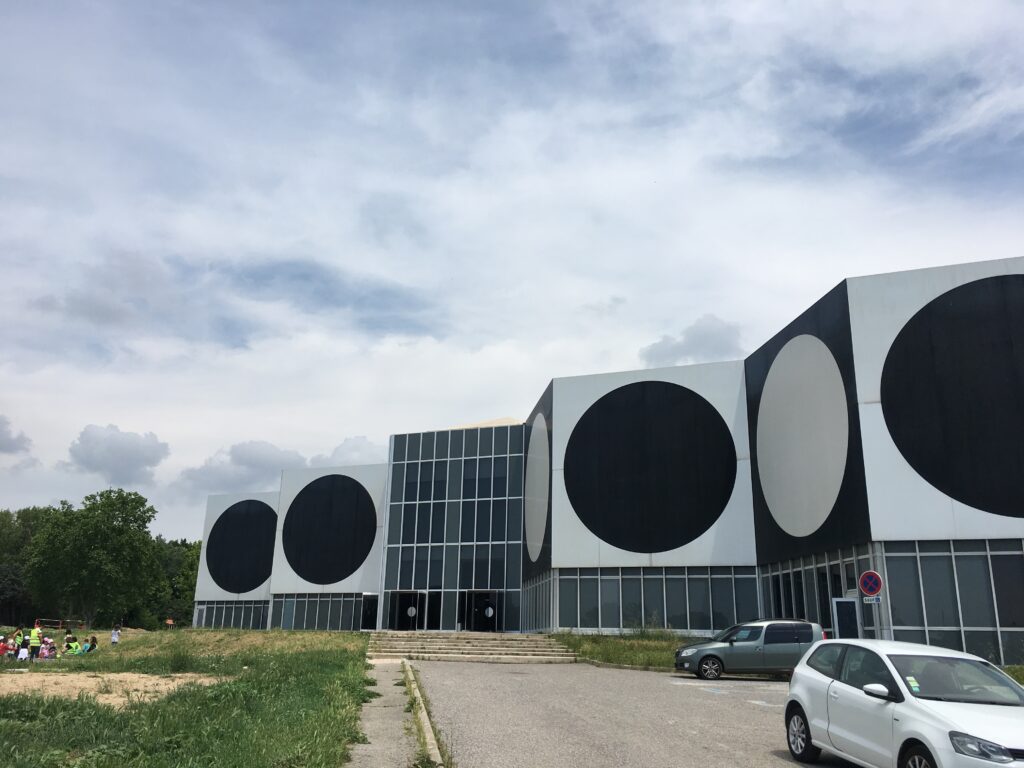
Who is Victor Vasarely?
Victor Vasarely (1906-1997) was a French-Hungarian artist who used colorful geometric shapes to create compelling 3D optical illusions.
After settling in Paris in 1930, Vasarely experimented with Surrealism and Abstract Expressionism in the 1940s, then developed his hallmark checkerboard paintings.
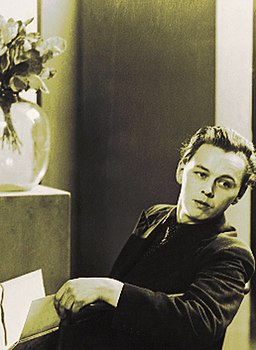
Source: Wikipedia
History of the Fondation Vasarely
The Fondation Vasarely was opened in 1976 by French president Georges Pompidou.
Each of the seven hexagonal galleries contains six monumental works of art. On our most recent trip there in 2018, some of the artworks were in need of restoration, which is a shame.
Help support the continuation of this stunning museum by paying it a visit when you’re in the area.
Visiting here is like walking through posters from the swinging sixties, which is hardly surprising since the 3D optical illusions that characterize Vasarely’s work have graced the dorm rooms of students for decades.
Work of Victor Vasarely
Here are some of the massive pieces you’ll see at the Fondation Vasarely.
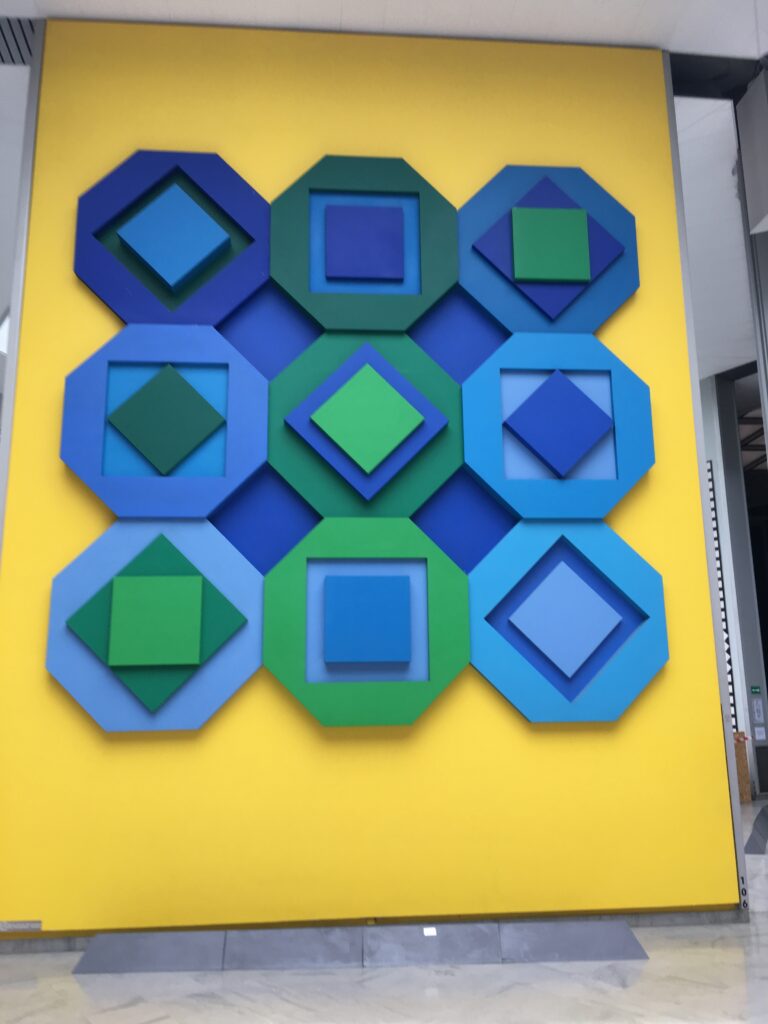
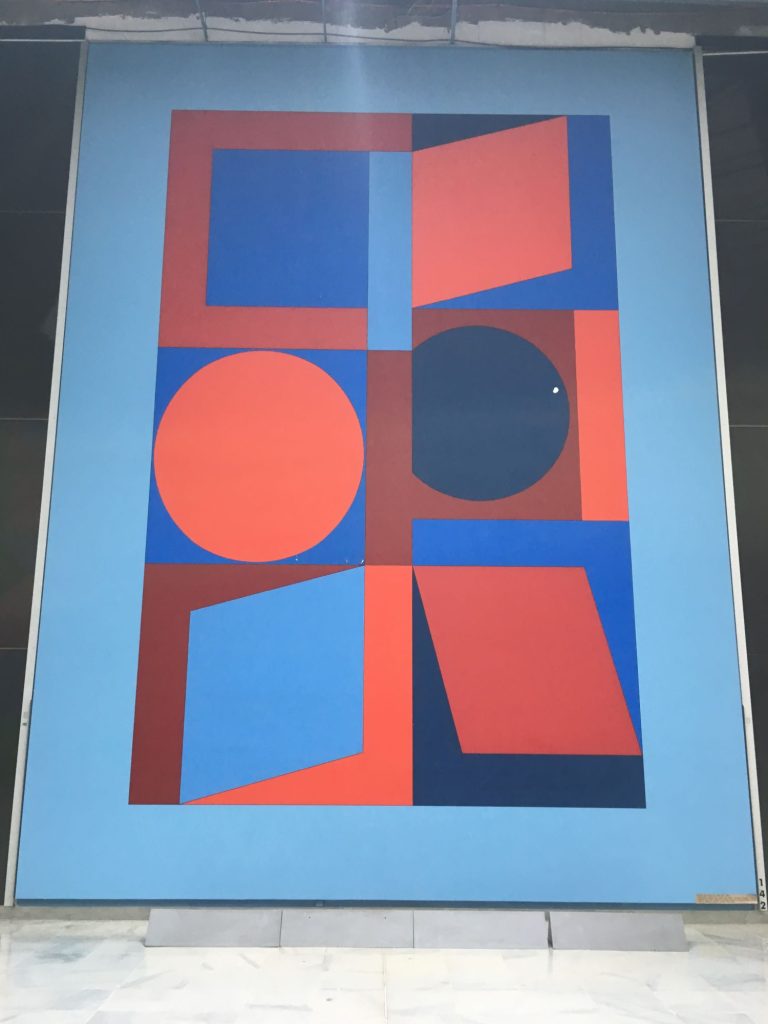
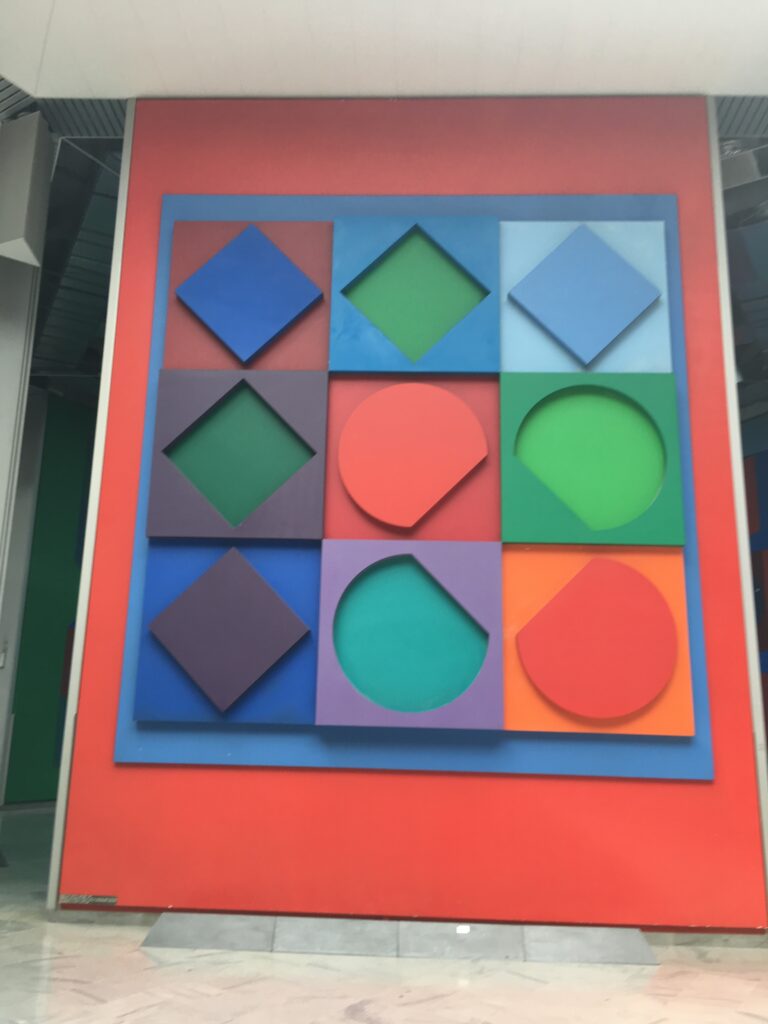
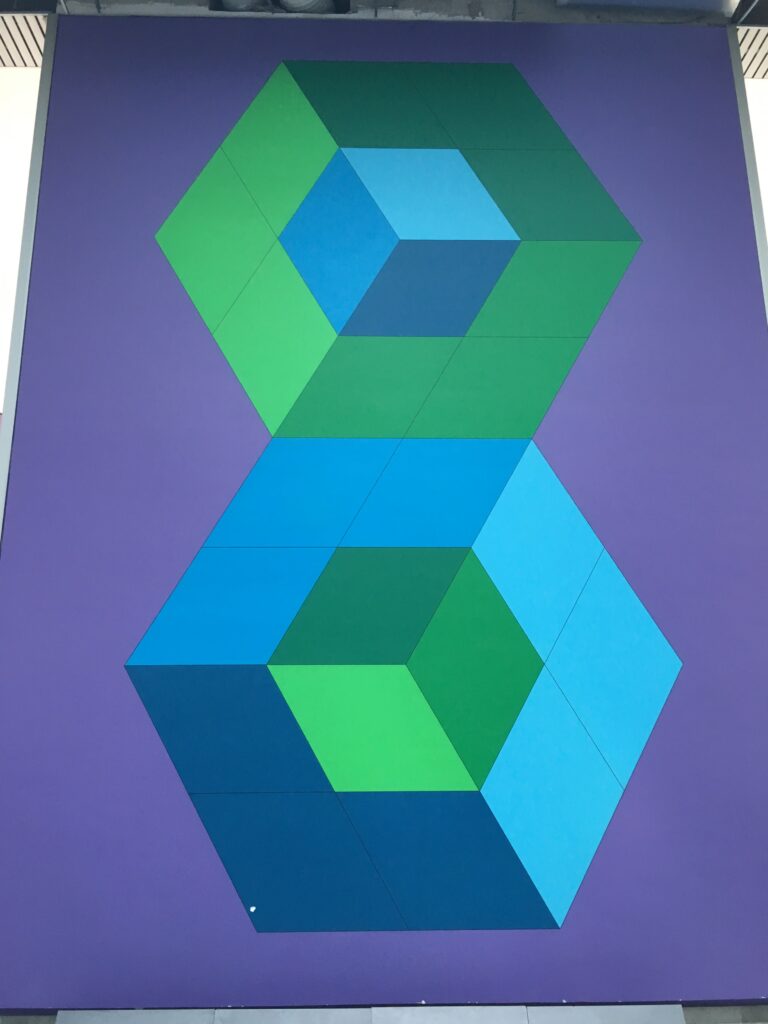
Visitor Information
Located at 1, Avenue Marcel Pagnol on the outskirts of Aix-en-Provence, the distinctive museum is easy to find. Admission is €9 for adults. The museum is open Tuesday to Sunday from 10 am to 1 pm and 2 pm to 6 pm.
Where to Stay in Aix-en-Provence
You can choose stay stay in Aix-en-Provence itself and enjoy strolling the famous Cours Mirabeau, or choose a place a little ways out of town in the charming Provencal countryside. The Bastide de Damien fits the bill for a country choice.
#5: Max Ernst Museum near Cologne, Germany
The stylish Max Ernst Museum is located in Brühl, about a twenty-minute drive from Cologne on the way to Bonn. For Gregg, a visit there on a recent trip to the area was akin to a pilgrimage. Gregg has been a fan of surrealist Max Ernst for decades—pretty much since he first became an artist himself.
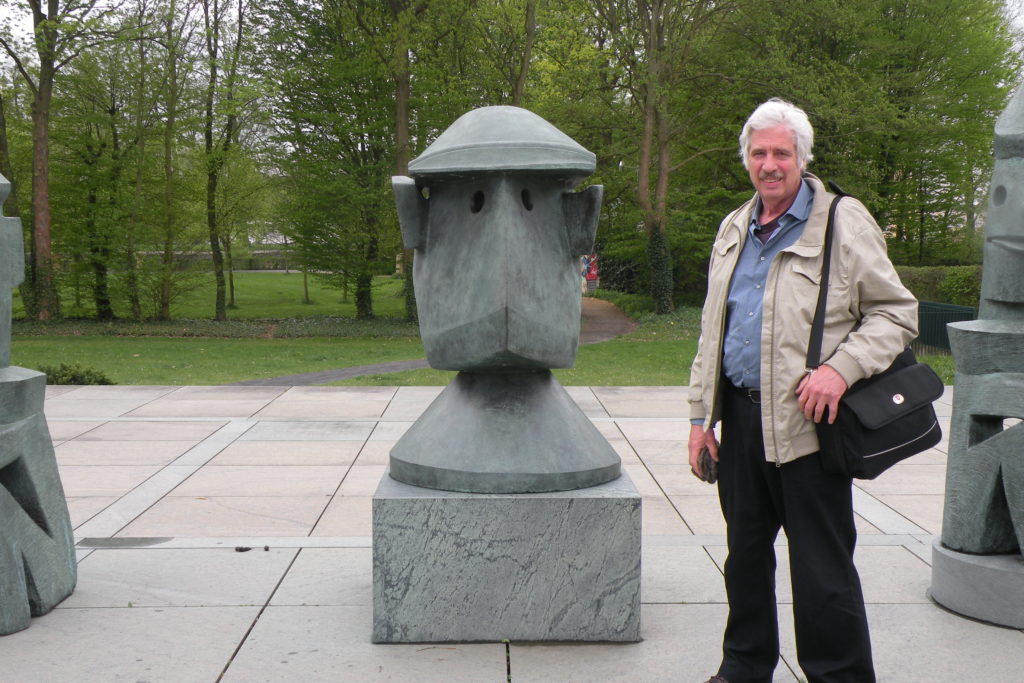
Who is Max Ernst?
Max Ernst (1891-1976) was born in Germany and became a naturalised American in 1948 and a French citizen in 1958. He was a painter, sculptor, graphic artist, collagist, and poet, a pioneer of the Dada movement, and a member of the surrealist group.
Towards the end of his life, Max Ernst, along with his wife, noted painter Dorothea Tanning, moved to the charming village of Seillans in the Var region of Provence. We spent two weeks in Seillans in July 2019 where Gregg had an exhibition in a space close to where Ernst and Tanning lived.
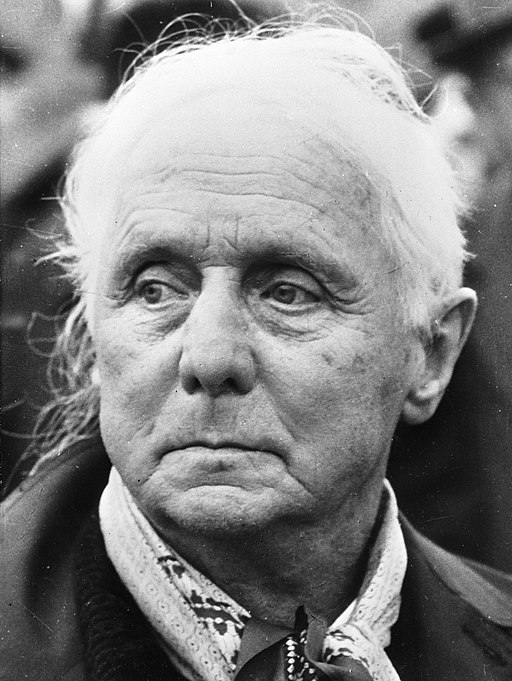
Photo: Wikipedia
History of the Max Ernst Museum
The museum features a marvelous collection of Ernst’s work displayed in a thoughtfully renovated space. A modern glass pavilion is integrated into the horseshoe floor plan of the late-classicist Brühler Pavillon, a popular ballroom and social venue that was erected in 1844 and that Max Ernst himself visited in his youth.
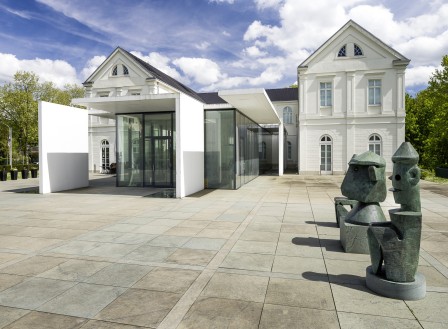
Photo: Max Ernst Museum Website
You’ll find an extensive collection of paintings, drawings, frottages, collages, and sculptures spanning over 70 years of Ernst’s influential career, including his time in Brühl and Bonn, his Dadaist activities in the Rhineland, his contributions to the Surrealist movement in France, his exile in the United States during WWII, and finally his return to Europe in 1953.
I especially loved the sculptures on the grounds of the museum.
Work of Max Ernst
Max Ernst was a fabulously prolific artist with work that is detailed and complex and wholly distinctive. Here’s a selection of some of my favorite works by Max Ernst. Pictures are all from the max-ernst.com website.
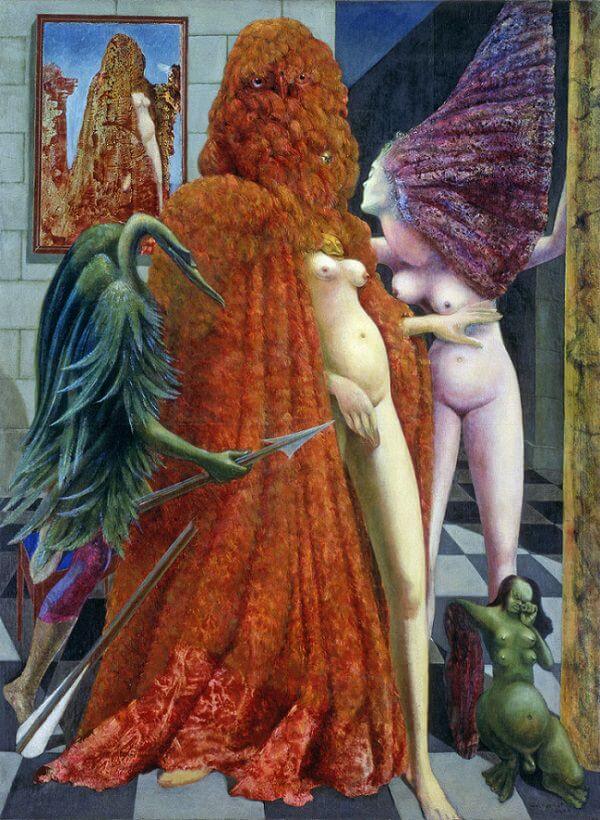
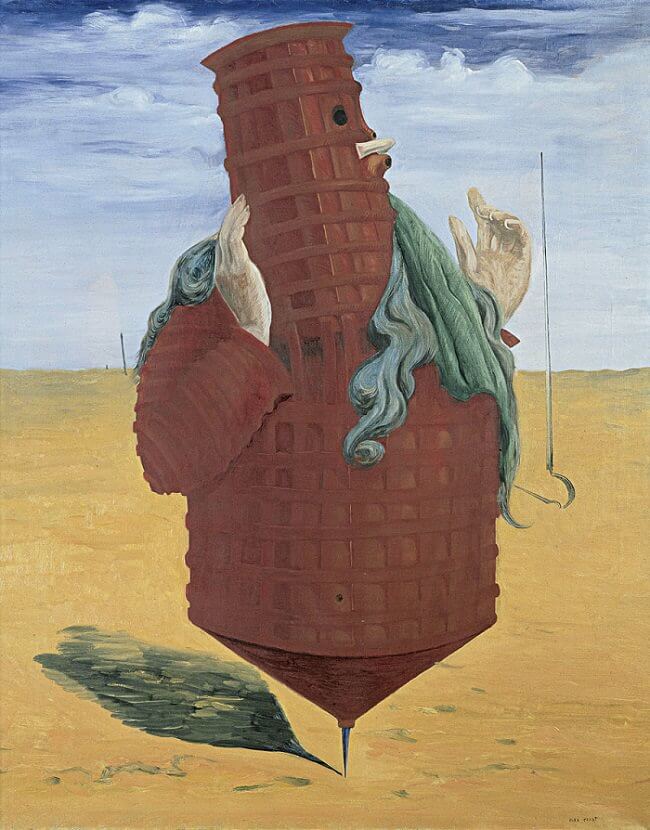
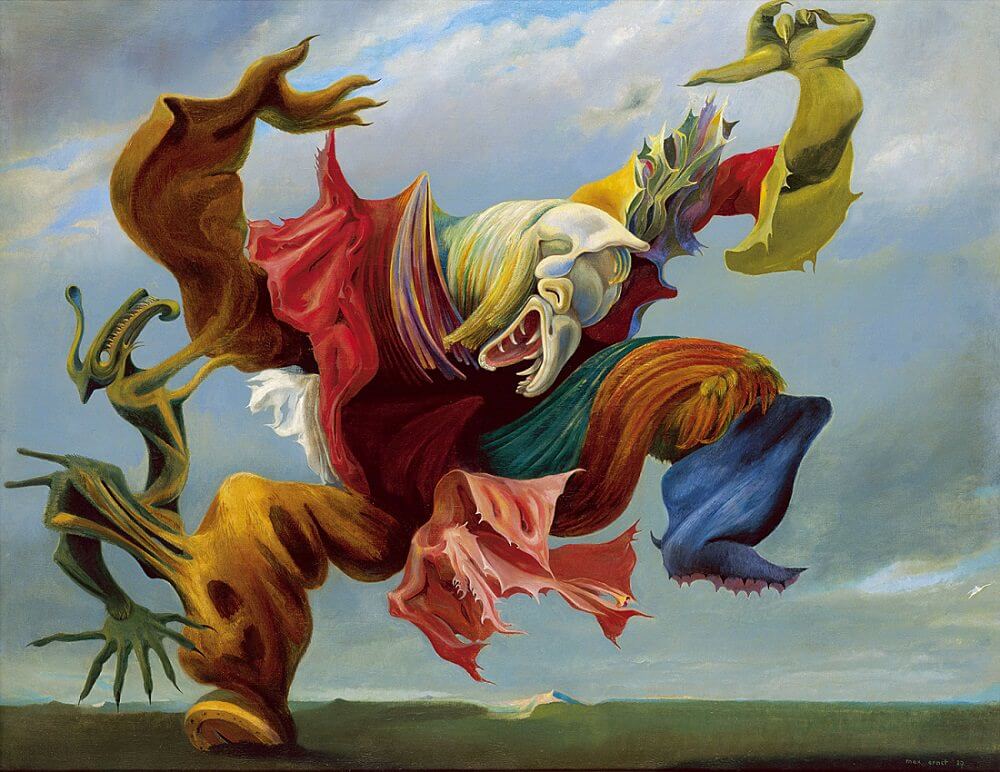
Visitor Information
The museum is located at Comesstraße 42 / Max-Ernst-Allee 1, 50321 Brühl and is open Tuesday through Sunday from 11 a.m. to 5 p.m. At present (May, 2020), admission to the museum is free. For current information, check the museum website.
Where to Stay in Cologne
I recommend the Hotel Drei Kronen which is very close the Rhine right in the center of Cologne within walking distance of pretty much everything you’d want to see, including the marvelous cathedral.
#6: René Magritte Museum in Brussels, Belgium
The full name of the museum is the René Magritte Museum – Museum of Abstract Art, a double museum dedicated to Surrealism and Abstraction. Now that’s a double bill I can get behind.
On a recent short visit to Brussels, we made a beeline for the Magritte Museum and were not disappointed. As one of the most iconic figures in the surrealist movement, René Magritte deserves his own museum, and this one is first rate.
Who is René Magritte?
René Magritte (1898-1967) was a Belgian artist and probably one of the best-known surrealists after Salvador Dali. Back in the 1970s, I had a poster of his iconic painting of a massive dove called “The Large Family” on the wall of my student dorm–and I was not the only one.
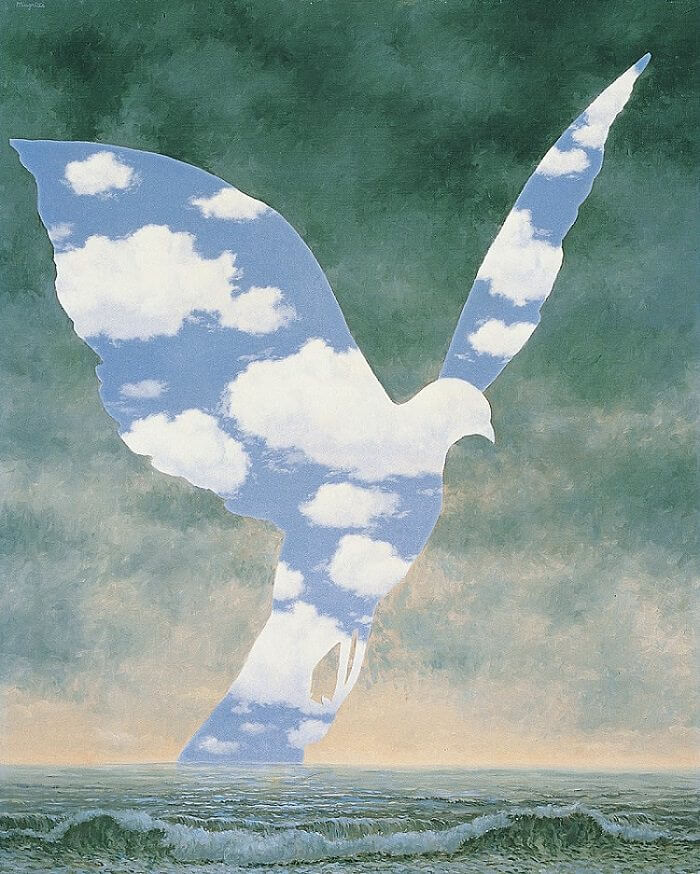
Photo Credit: www.renemagritte.org
In the 1920s, Magritte moved to Paris from Belgium and became involved with André Breton and the Surrealist group, of which he was a leading member. He exhibited in 1929 with several of the leading surrealists of the time, including Salvador Dalí, Jean Arp, de Chirico, Max Ernst, Joan Miró, Picabia, Picasso, and Yves Tanguy.
In 1930, Magritte returned to Brussels and continued painting there until his death. His imagery has heavily influenced pop, minimalist, and conceptual art.
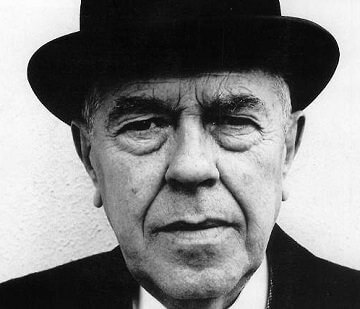
René Magritte Photo: www.renemagritte.org
History of the René Magritte Museum
The museum is relatively new, opened in 1999 shortly after Magritte’s one hundredth birthday. It’s built inside a house that Magritte lived in with his wife and includes an adjoining building that was renovated to showcase 250 masterpieces of Belgian abstract art.
You’ll tour the reconstruction of Magritte’s apartment on the ground floor and then view artworks from a collection that includes over 400 archive documents, photos, and objects, as well as 30 original works. You won’t see some of his most famous works, but you will get a good overview of Magritte’s development.
We loved it!
Work of René Magritte
Magritte’s work is endlessly fascinating–both for its meticulous technique and for its subject matter. Bowler hats, floating rocks, figures that are half animal/half people, and strange juxtapositions of everyday logic. When you tour the museum, you never know what you’re going to see around the next dimly lit corner.
Take your time and enjoy! Here are some of Magritte’s the works from the collection. Photos are all from the Magritte Museum pages on the Royal Museums of Fine Arts of Belgium website (Musées royaux des Beaux-Arts de Belgique)
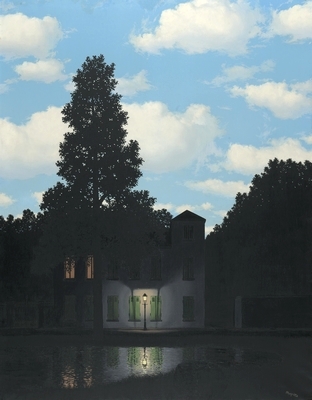
Musées royaux des Beaux-Arts de Belgique, Bruxelles / photo : J. Geleyns – Art Photography
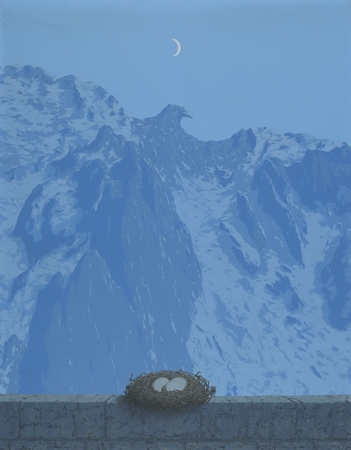
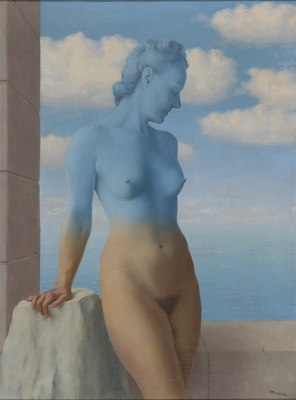
Musées royaux des Beaux-Arts de Belgique, Bruxelles / photo : J. Geleyns – Art Photography
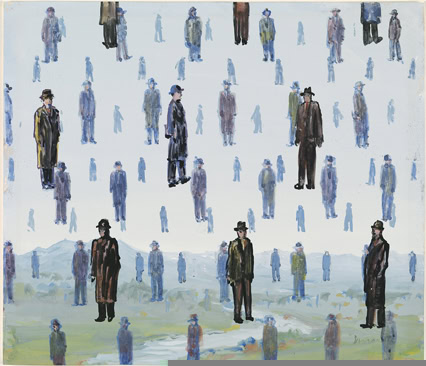
Visitor Information
Located at Place Royale, Koningsplein 1 in Brussels, admission to the museum is €10 for adults, €8 for seniors, and €3 for students. Opening hours are Monday to Friday from 10:00 am to 5:00 pm and weekends from 11:00 am to 6:00 pm. Check the website for up-to-date information.
Where to Stay in Brussels
If you’re driving, I recommend the stylish Thon Hotel Bristol Stephanie on the Avenue Louise, just steps from Louise Metro. I stayed there one rainy night in October and wished I could have stayed much longer!
#7: Museo Sorolla in Madrid by Guest Poster Liz Reding
This description of the Sorolla Museum is written by guest poster Liz Reding. She and her husband visited in March, 2020, days before the museum closed in response to the COVID-19 pandemic.
Liz Reding: My husband and I have been admirers of the paintings of Joaquín Sorolla for many years, so on our recent trip to Madrid, a visit to the Museo Sorolla was top of our list.
Who is Joaquín Sorolla?
Born in Valencia, Spain, Joaquín Sorolla y Bastida (1863-1923) received his art education in Madrid, Rome, and Paris and was a contemporary of Picasso, Matisse, John Singer Sargent, and Andreas Zorn. He and his wife, Clotilde, had three children.
He painted portraits, landscapes, and monumental works depicting social and historical themes.
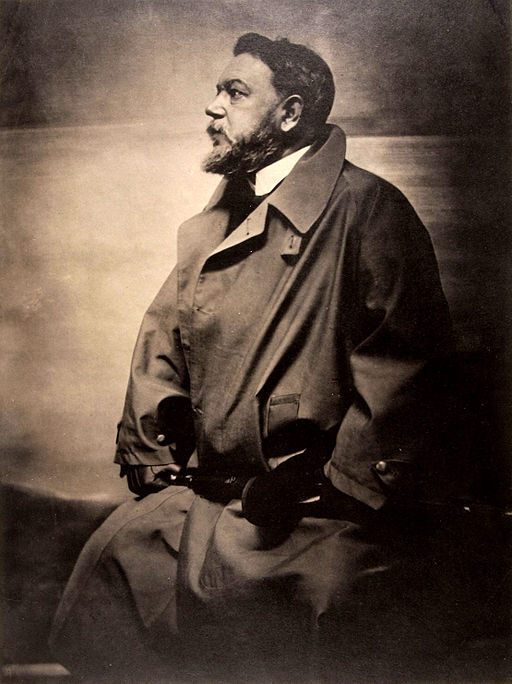
Photo: Wikipedia
History of the Museo Sorolla
The Museo Sorolla is located in the home that Sorolla shared with his family, and is considered one of the best-preserved artist houses in Europe. The collection of more than 1,200 pieces is displayed along with the house’s original furniture and objects.
The house is surrounded by a delightful garden, a real oasis from the rumble of the cars and buses just outside the gate.
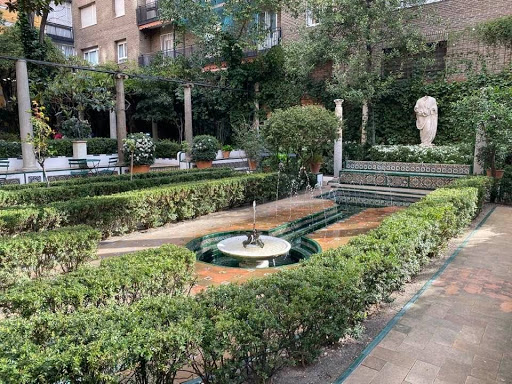
Photo Credit: Liz Reding
By urban standards, this museum is relatively small, but packed with dozens of gorgeous paintings, as well as sculptures, sketches, photographs, water colors, and writings.
One noteworthy feature of this museum is that all the works are expertly hung and well lit. Most of the viewing rooms have deep colors that enhance the paintings with light-diffusing devices, such as a window shade or ceiling tapestry. What a pleasure!
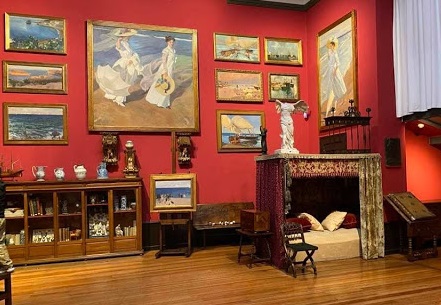
Photo Credit: Liz Reding
Work of Joaquín Sorolla
Sorolla’s wife and children are featured in a significant number of Sorolla’s paintings, and his love and admiration for them clearly shows. In addition, Sorolla painted many portraits of important people, including U. S. President Taft, and is known for his masterful handling of light, as evidenced by his many beach-scene paintings.
Here are two of Sorolla’s works exhibited at the Museo Sorolla.

Photo credit: Liz Reding
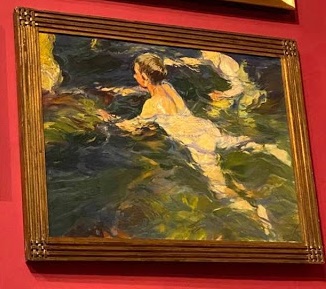
Photo credit: Liz Reding
Visitor Information
Located at Paseo General Martínez Campos, 37, the Museo Sorolla is open Tuesday to Saturday from 9:30 am to 8:00 pm and on Sundays and holidays from 10:00 am to 3:00 pm. Tickets cost €3.
Where to Stay in Madrid
I highly recommend the Apartosuites Jardines de Sabatini, particularly if you are driving because it’s just on the edge of the traffic limited zone but still within walking distance of just about everywhere you’ll want to go in Madrid.
Other Single-Artist Museums in Europe
I wish I could say that I’ve visited all the single-artist museums that I’d like to in Europe, but not yet!
Here are just some of the museums I look forward to visiting in the next few years. If you’ve been to any of them, add a comment to let other Artsy Travelers know what you think!
Fondation Jean Dubuffet
Located in Périgny-sur-Yerres in the department of Val-de-Marne, the Dubuffet Foundation includes paintings and massive outdoor sculptures by Jean Dubuffet. Many years ago, we went there only to find it closed, but we did manage to peek through the fence! It looked amazing!
Zentrum Paul Klee in Bern, Switzerland
I’m a big fan of the work of Paul Klee and have his museum on my list for the next time we drive through Switzerland. Check the website for details.
Franz Marc Museum in Kochel, Germany
A modern extension has extended the exhibition space of this beautifully-situated museum, It overlooks a lake near the little town of Kochel in Bavaria, about an hour west of Munich. Franz Marc’s colorful work makes me smile. Check the website for details.
Conclusion
Have you visited any of the museums listed in this post? If so, let Artsy Traveler readers know what you think.
To keep reading about art in Europe, check out these posts:
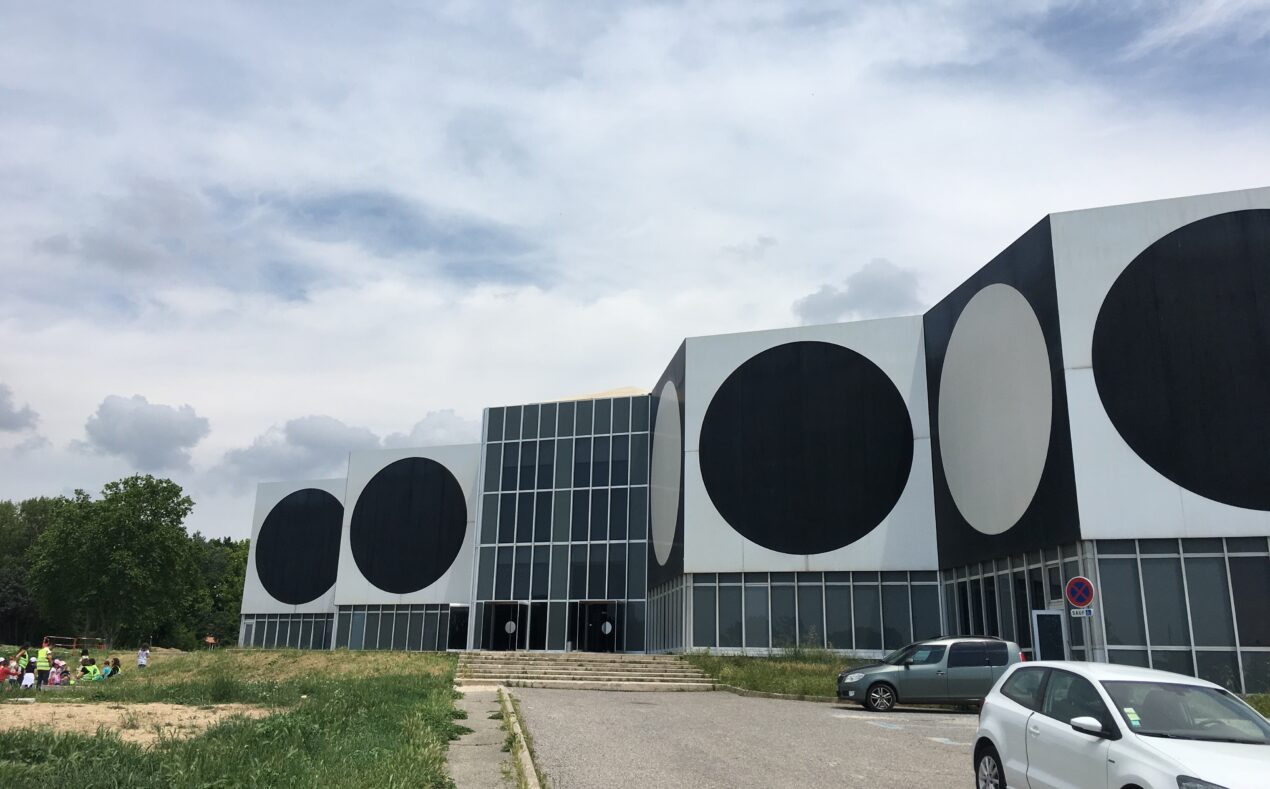
Pretty nice post. I simply stumbled upon your blog and wanted to mention that I have truly loved surfing around your blog posts.
In any case I will be subscribing on your feed and I’m hoping you write once more soon!
my blog … blog3009
[…] Seven Super Single-Artist Museums in France You Should Visit […]
[…] Another option for getting your modern art fix in Europe is to seek out single-artist museums. I’ve compiled a list of seven of my favorites in Seven Super Single-Artist Museums in Europe You Should Visit. […]
[…] Seven Super Single-Artist Museums in Europe You Should Visit […]